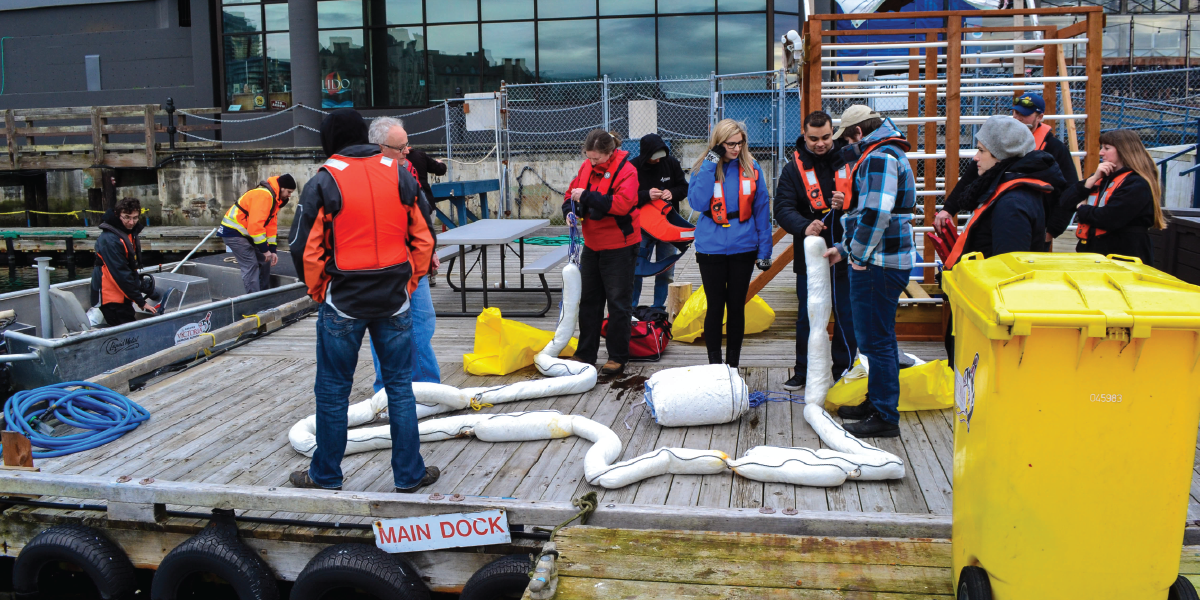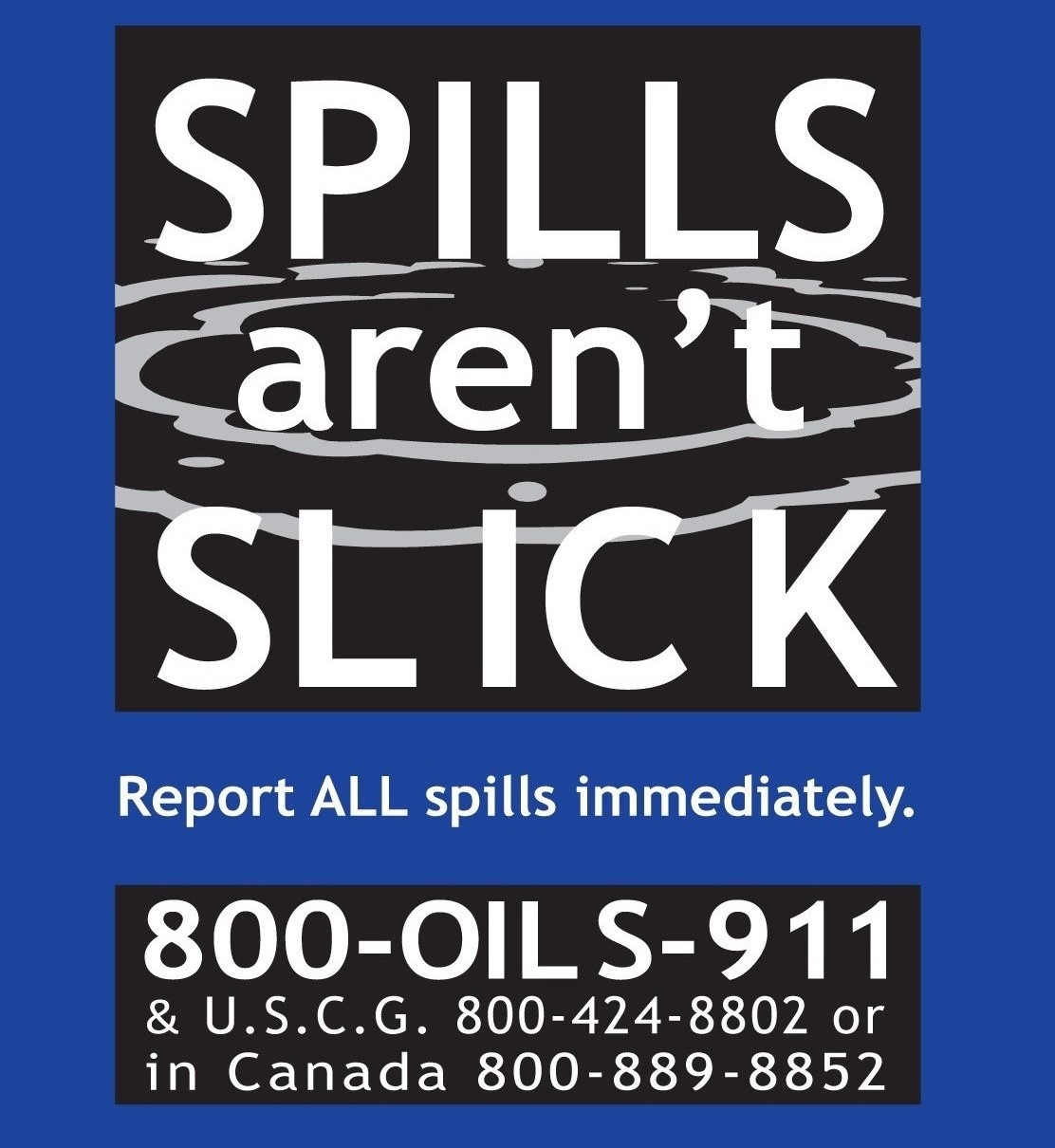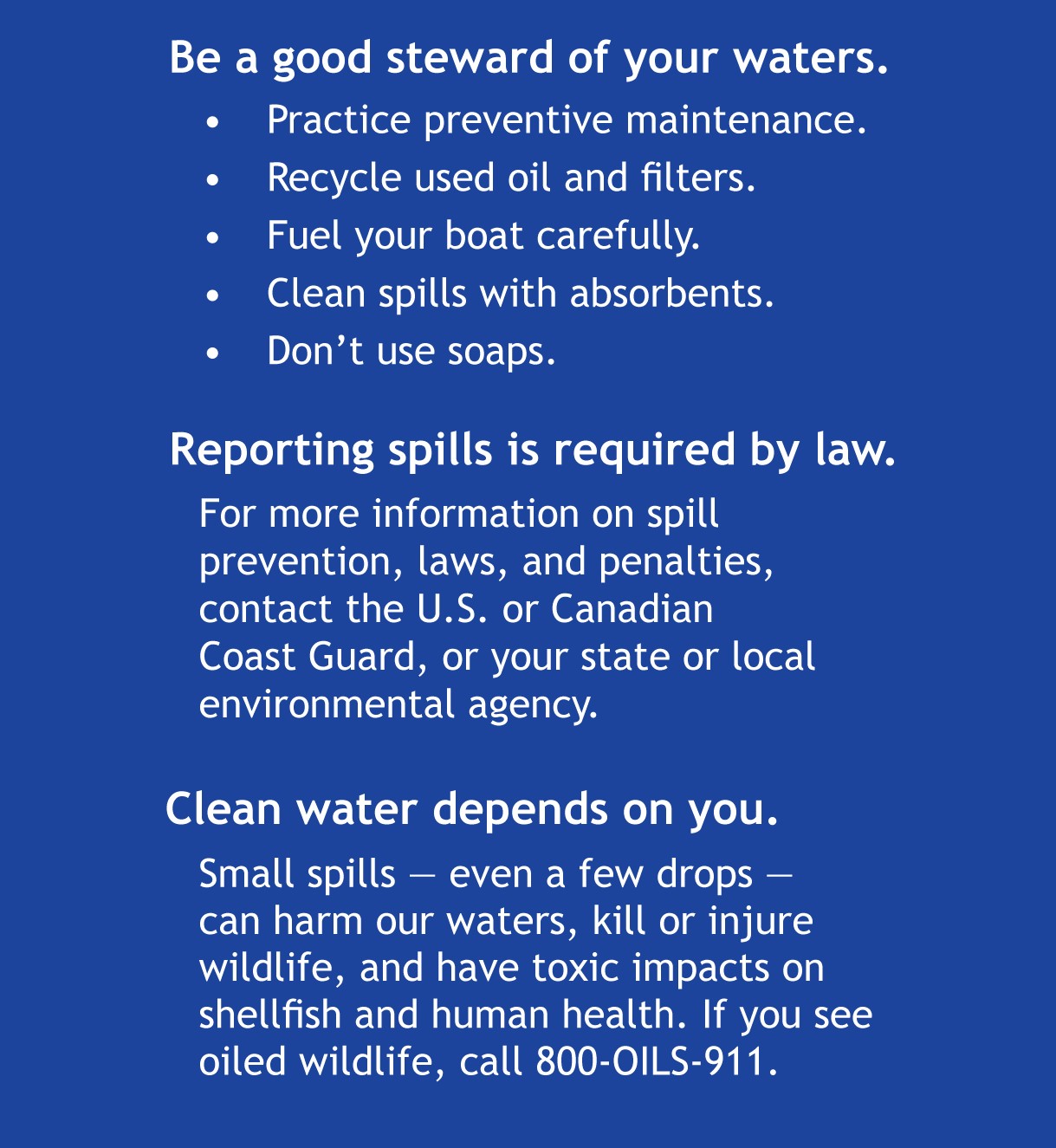
Spill Response Training Image: Michelle Young
Clean Marine BC helps educate boaters and marinas to prevent, report and clean up spills
For more than 20 years, our Clean Marine BC program has worked with boaters and boating facilities to reduce the impact of recreational boating on the Salish Sea and beyond through the implementation of improved environmental measures, including waste reduction, water and energy conservation, and spill preparedness and response. As part of that program, we also offer marine spill response training.
Marinas are unique environments; they’re often contained and sheltered, and they can be well positioned to coordinate responses to spills—when they have the proper supplies and skills and response plans. They’re often the first line of defence for boaters when faced with a spill, and the ability of marinas to promptly mobilize responses can play an important role in maintaining healthy and resilient waters.
Marinas and boatyards also help boaters to understand the roles and responsibilities of individuals and agencies that are involved in spill response measures, so it’s important their staff have knowledge and training that is up-to-date and readily deployable. By facilitating theoretical and practical training that focuses on how to plan, prepare and respond to small-scale marine spills, we are helping boating facilities to have better spill response measures and awareness.
Boaters from BC to California are encouraged to report all fuel spills to 1-800-OILS-911.
Marinas around the Salish Sea have participated in full-day training sessions online, and on the Fraser River, up Indian Arm, and in the Vancouver and Victoria harbours, with classroom and practical components that are designed to support marinas in four key areas:
- Planning to address probable spill scenarios, spill types/frequency/sources, roles and responsibilities, potential hazards, emergency and environmental response plans, and proper notification procedures
- Preparedness to make provisioning for response resources and techniques, adequate stock of sorbents and spill kits, personal protective equipment (PPE), personal flotation devices (PFD’s), displayed emergency contact numbers, and areas to dispose of or contain hazardous waste materials (bins/hazmat bags).
- Response to assess a spill, safety and control measures at the site, initial response (including source control, containment, recovery options, storage and disposal); use of Safety Data Sheets to assess risks and hazards, decontamination, and demobilization.
- Post spill analysis, site debriefing to look at lessons learned and areas of needed improvements, safety hazards, what equipment was used and restocking of supplies, documentation and record keeping, and spill impacts to wildlife and habitat.

Spill Response Training Image: Michelle Young
Read this testimonial from a participant who has taken our spill training three times, and considers it an invaluable prevention tool for his facility.
“I want as many staff as possible to learn as much as they can so that if there is a spill – large or small – that they know how to respond quickly, efficiently and safely” – Mike Short
Get involved
- For up to date information sign-up for our monthly e-newsletter
- To contact our CMBC team for any questions email us here


